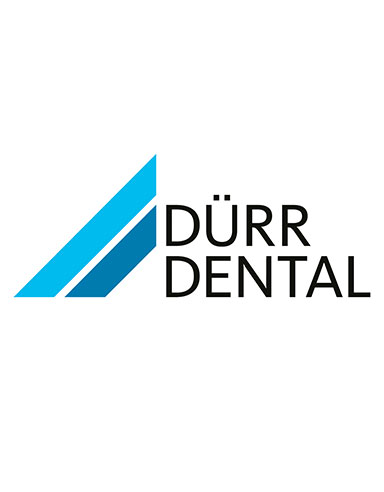In order to image root canals that are overlaid by another canal in endodontology, the central beam must be aligned eccentrically during intraoral X-rays. In this case, the central beam does not hit the tooth orthoradially, but from the mesial or distal side.
That's the point: In multi-rooted teeth, the canals often overlap in the image. In order to make the palatal or labial root canal visible on the image, the dental hygienist must align the central beam accordingly – in the case of premolars, the alignment tends to be mesial eccentric, while in the case of molars, the alignment is usually distoeccentric.
Tips from practice:
In the case of distoeccentric irradiation, the dental assistant must move the imaging plate in the patient's mouth mesially; distally in the case of mesial eccentric irradiation
The tube is positioned at a 45-degree angle to the ring. The user must ensure that the tube protrudes about one centimetre beyond the ring
With mesial eccentric alignment, the tube protrudes one centimetre on the mesial side of the ring
- With distal eccentric alignment, however, the tube should protrude one centimetre beyond the distal edge of the ring
